Disclosure: This article contains affiliate links. We may earn a commission from purchases at no extra cost to you, which helps our travel content.
As someone who has photographed ancient temples in Southern India and misty mountain shrines in Japan, I never expected to find one of my most challenging photographic adventures beneath the desert of New Mexico. The first time I descended into Carlsbad Caverns, I felt like I had entered another planet—one where light behaves differently, where time seems suspended in calcium carbonate, and where my camera's settings required a complete recalibration. Bem-vindo ao submundo—welcome to the underworld, as we might say in Portuguese. This weekend journey transformed my understanding of cave photography and reminded me that sometimes the most profound beauty exists in darkness.
Preparing Your Gear for the Underworld
Before you descend into Carlsbad's limestone labyrinth, your equipment preparation will make or break your photographic expedition. The caverns present a unique technical challenge: extremely low light conditions combined with high humidity and temperature fluctuations that can wreak havoc on unprepared equipment.
First, a sturdy tripod is non-negotiable. The Big Room's expansive chambers demand exposure times that can extend to several seconds, sometimes even minutes. I learned this lesson the hard way during my first visit when I brought only a lightweight travel tripod that couldn't maintain stability during longer exposures.
Second, protect your gear from the cave's microclimate. The transition from New Mexico's dry heat to the cavern's 56°F (13°C) environment with nearly 90% humidity creates perfect conditions for lens condensation. I now carry a silica gel pack set in my camera bag to combat moisture issues. These reusable packs have saved my equipment multiple times, not just in Carlsbad but also during monsoon season shoots in India.
Finally, power management becomes critical underground. The cold environment drains batteries faster than normal, and the last thing you want is to discover your camera dying just as you reach the spectacular Hall of Giants. I always carry at least three fully-charged spares and keep them in an insulated battery pouch close to my body for warmth.
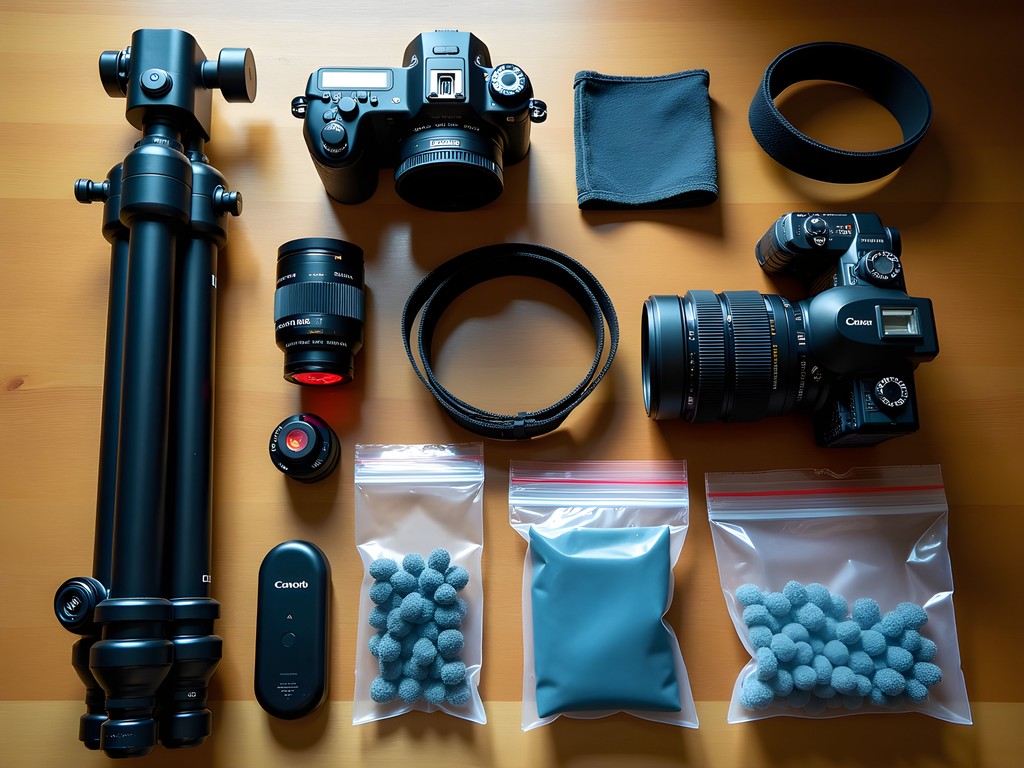
💡 Pro Tips
- Acclimate your gear gradually when entering and leaving the cave to minimize condensation
- Use a remote shutter release to eliminate camera shake during long exposures
- Pack microfiber cloths in ziplock bags to keep them dry until needed for lens cleaning
Mastering Light in the Darkness
In Carlsbad Caverns, light becomes both your most precious resource and your greatest artistic tool. The National Park Service has strategically illuminated the most spectacular formations, but these lights create extreme contrast scenarios that challenge even experienced photographers.
"A luz revela a verdadeira beleza das sombras," my mother used to say—light reveals the true beauty of shadows. This Brazilian wisdom perfectly captures the essence of cave photography. Rather than fighting the darkness, I've learned to embrace it as a compositional element. The negative space of deep shadows can dramatically frame the illuminated stalactites and stalagmites.
When setting up your shot, take time to study how the artificial lighting interacts with the formations. The park's lighting design creates intentional highlights and shadows that can guide your composition. I recommend using exposure bracketing extensively—I typically capture 3-5 exposures for each composition, ensuring I have details in both the brightest highlights and the darkest shadows for later HDR processing.
For supplemental lighting, avoid harsh flash that flattens the cavern's dimensionality. Instead, I've found success with a LED light panel set to its lowest power and warmest color temperature. This gentle fill light preserves the cave's mysterious atmosphere while subtly revealing textures in foreground elements.
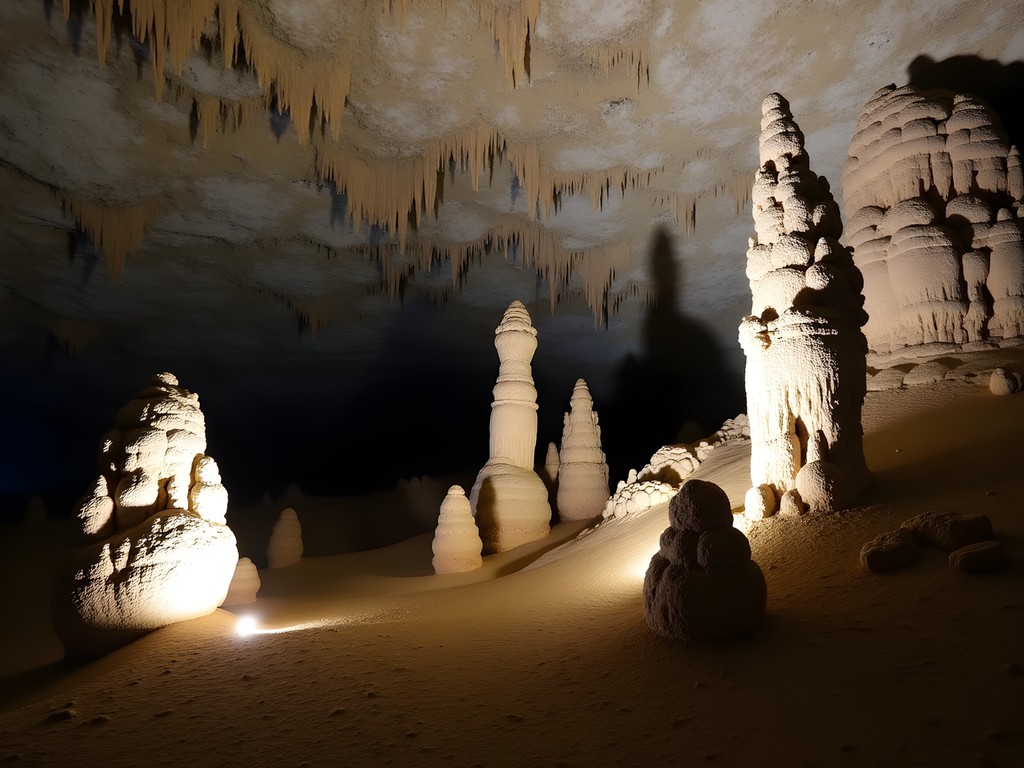
💡 Pro Tips
- Use the histogram, not the LCD preview, to evaluate your exposure in the dark environment
- Consider shooting in RAW+JPEG to maximize post-processing flexibility
- Wait patiently for other tourists to move through your frame—their headlamps and flashlights can create interesting light trails with long exposures
Capturing the Living Cave
What continues to fascinate me about Carlsbad Caverns is that despite its seemingly static nature, it's actually a living, breathing entity. Water still drips, calcite still forms, and subtle changes occur over time. Capturing this sense of life and movement presents a unique photographic challenge.
To convey the dynamic nature of the caverns, I focus on water features whenever possible. The Mirror Lake in the Big Room offers stunning reflection opportunities that double the visual impact of the formations above. For these shots, absolute stillness is essential—even the slightest vibration will disturb the water's surface and ruin the reflection. I've found that a weighted tripod hook allows me to hang my backpack beneath my tripod for added stability during these critical shots.
The famous Bottomless Pit presents another opportunity to convey depth and mystery. Rather than trying to illuminate the darkness, I compose shots that emphasize the unknown—the edge where light fades into absolute blackness. These images often evoke the strongest emotional responses from viewers.
Don't overlook the subtle colors present throughout the cave system. While the dominant palette appears monochromatic at first glance, extended exposure times reveal delicate oranges, greens, and blues in the mineral deposits. To capture these accurately, I use a color calibration card to set proper white balance in the challenging mixed lighting conditions.
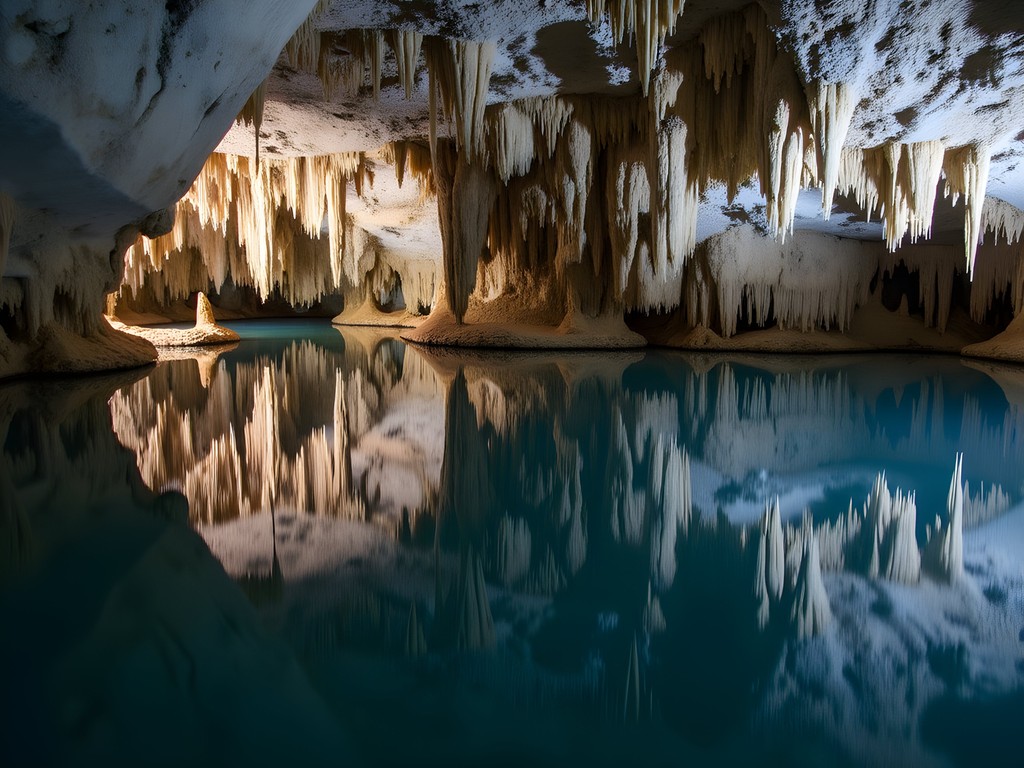
💡 Pro Tips
- Look for water droplets on formations—they can create beautiful specular highlights when properly lit
- Use long exposures of 15+ seconds to capture the subtle movement of water in formation pools
- Consider focus stacking for close-up shots of delicate formations to maintain depth of field without diffraction
The Bat Flight Experience
No photographic exploration of Carlsbad Caverns would be complete without witnessing the spectacular bat flight that occurs at dusk. From May through October, hundreds of thousands of Brazilian free-tailed bats spiral out of the Natural Entrance in a mesmerizing display that challenges even the most experienced wildlife photographer.
First, understand the rules: the National Park Service prohibits all photography during the bat flight program. This is non-negotiable, and for good reason—flashes and electronic sounds can disturb the bats' behavior. However, you can capture the experience before and after the main event.
I arrived at the amphitheater two hours before the scheduled bat flight to photograph the landscape in the golden hour light. The desert surroundings take on a magical quality as the sun sets behind the Guadalupe Mountains. This contextual photography helps tell the complete story of the caverns' environment.
For comfortable viewing of this lengthy event, I highly recommend bringing a portable seat cushion. The amphitheater has concrete seating that becomes uncomfortable during the hour-plus program. My back thanked me for this small luxury!
After the bats departed and photography restrictions lifted, I captured the twilight sky above the cave entrance. The transition from day to night mirrors the journey from surface to underground that visitors experience—a poetic bookend to the Carlsbad photography experience.
"A natureza nos conta histórias, se tivermos paciência para ouvir," as we say in Brazil—nature tells us stories if we have the patience to listen. The bat flight is one of those stories, told in the language of movement and silhouette.

💡 Pro Tips
- Arrive early to secure a good viewing position in the amphitheater
- Bring a light jacket as temperatures drop quickly after sunset in the desert
- Use the bat flight program as an opportunity to simply observe and plan your next day's photography
Post-Processing the Underworld
The technical challenges of cave photography don't end when you ascend back to the surface—in many ways, they're just beginning. The extreme dynamic range and unusual lighting conditions of Carlsbad Caverns demand thoughtful post-processing to translate what your eyes experienced into what your camera captured.
My workflow begins with careful organization. I separate my images into categories based on location within the caverns, as each area presents unique processing challenges. The King's Palace requires different treatment than the Big Room or the Natural Entrance.
For exposure blending, I've found traditional HDR software often produces unnatural results with cave photography. Instead, I use luminosity masks in Photoshop to manually blend exposures, preserving the natural contrast and three-dimensionality of the formations. This technique takes longer but produces more authentic results that honor the cavern's true appearance.
Noise reduction becomes critical for cave images due to the high ISOs often required. I've tested many solutions, but the noise reduction software consistently preserves the fine details in stalactites while smoothing shadow noise. When processing hundreds of cave images, this specialized tool has saved me countless hours of manual noise reduction.
Finally, I approach color correction with restraint. While it's tempting to boost saturation to reveal more of the subtle mineral colors, I've learned that subtlety better captures the mysterious atmosphere of the caverns. I aim for a balance that looks natural yet reveals details that might be missed by the naked eye—enhancing the experience without fabricating it.
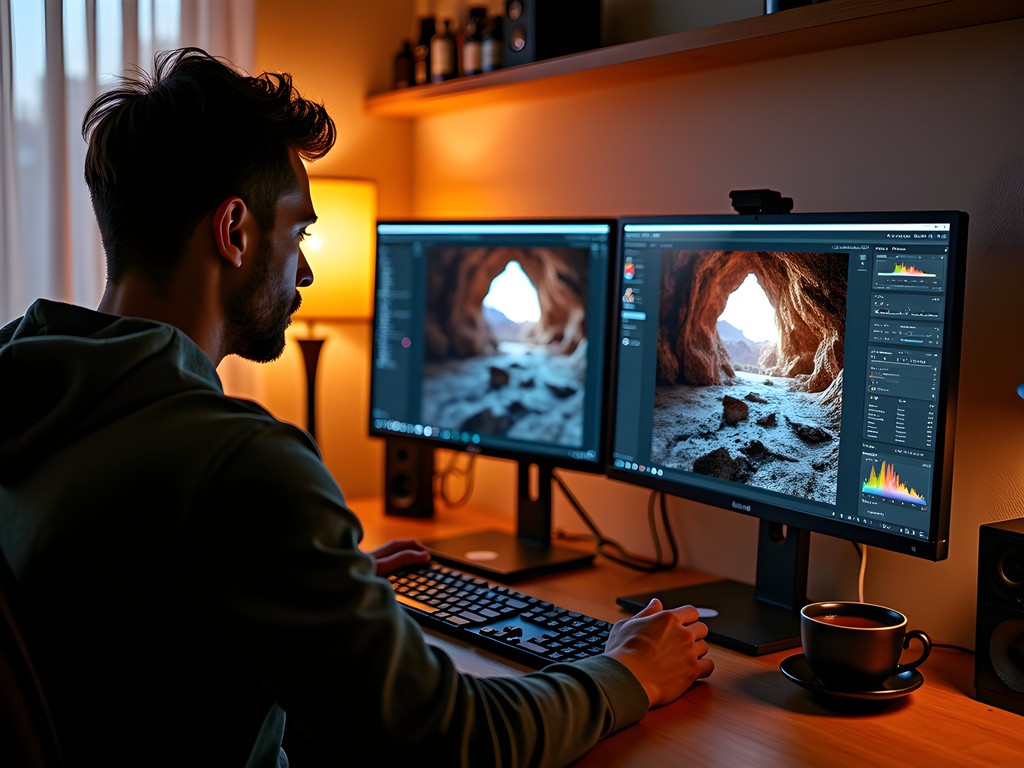
💡 Pro Tips
- Create a consistent processing style for your entire Carlsbad series to maintain visual cohesion
- Use selective clarity adjustments to enhance texture in formations without affecting shadow areas
- Consider creating black and white conversions—the dramatic light and shadow of caves often works beautifully in monochrome
Final Thoughts
As I packed away my gear after three days exploring Carlsbad Caverns, I realized this underground journey had shifted something fundamental in my approach to photography. The caverns demand technical precision, yes, but they also reward patience and contemplation in ways few other environments do. The limestone formations—sculpted drop by patient drop over millennia—mirror the photographic process itself: gradual accumulation leading to something beautiful.
For photographers accustomed to the controlled environments of studios or the predictable patterns of golden hour light, Carlsbad offers a necessary challenge that expands both technical skills and artistic vision. It forces us to see differently, to find beauty in darkness, and to work within constraints that ultimately make us more versatile creators.
When you visit, allow yourself time to simply sit in the darkness between shots. Listen to the subtle sounds of water droplets that continue the cave's creation even now. As we say in Hindi, "अंधेरे में भी रोशनी है"—there is light even in darkness. Carlsbad Caverns will teach you to find it, frame it, and bring it back to the surface world through your images.
Until next time, keep your batteries charged and your curiosity endless.
✨ Key Takeaways
- Cave photography requires specialized gear preparation, particularly for moisture protection and power management
- Embrace the extreme contrast rather than fighting it—use darkness as a compositional element
- Patience is essential—both for technical reasons (long exposures) and to capture the living nature of the cave
- Post-processing requires a delicate touch to maintain authenticity while revealing hidden details
- The technical challenges of cave photography will strengthen your skills for all other photographic pursuits
📋 Practical Information
Best Time to Visit
Year-round for cave photography; May-October for bat flights
Budget Estimate
$150-300 for weekend (park fees, accommodations, meals)
Recommended Duration
2-3 days minimum
Difficulty Level
Intermediate (Physical Demands And Technical Photography Challenges)

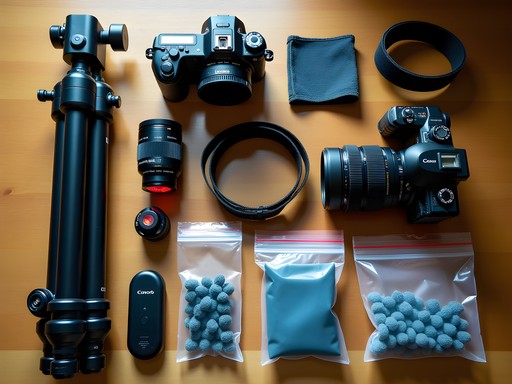
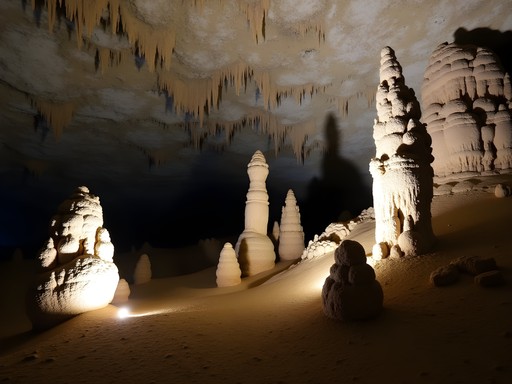
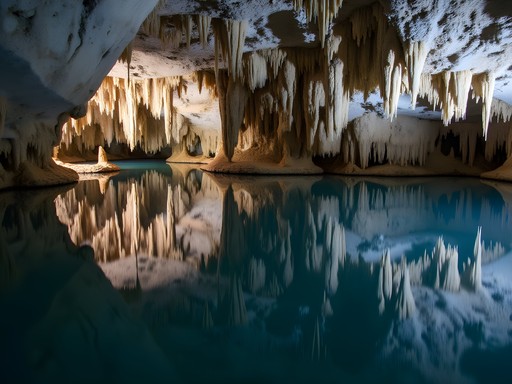




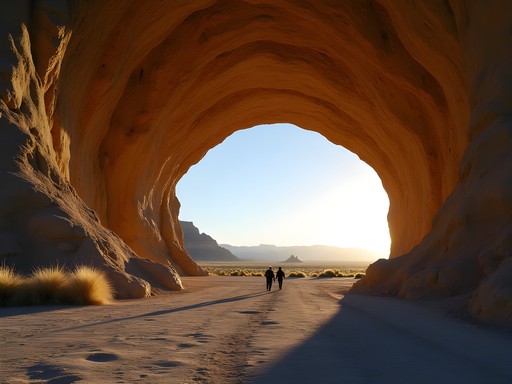






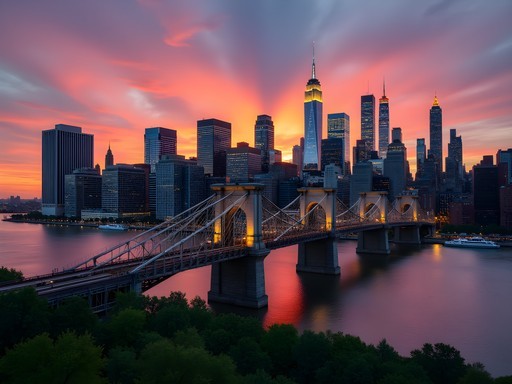
Comments
waveone
Just got back from Carlsbad and used your guide extensively, Marco! The bat flight was SPECTACULAR but so hard to photograph. Your tip about focusing on silhouettes against the sunset rather than trying to capture the bats themselves was genius. Also appreciated the reminder to bring extra batteries - the cool cave temps drained mine faster than expected. The Big Room was even more massive than your photos suggest. Did anyone else feel like they were on another planet down there?
tripmate
Totally felt like an alien world! Did you try the natural entrance trail? That descent was incredible.
waveone
Yes! The natural entrance was a photographer's dream - that gradual transition from daylight to cave light created some amazing opportunities for shots.
coffeezone
What lens would you recommend for someone with just a basic DSLR? Going there next month!
Marco Sharma
A fast wide-angle lens will be your best friend down there. I used my wide angle lens for most shots, but any lens with f/2.8 or wider aperture will help. If you only have the kit lens, bring a small tripod!
coffeezone
Thanks! I've got a 50mm f/1.8 that might work then. Super excited!
Frank Garcia
Great guide, Marco! I attempted cave photography at Waitomo in New Zealand last year and failed miserably. Your section on 'Mastering Light in the Darkness' is spot on - I wish I'd known about bracketing exposures before my trip. The tripod restrictions were similar there too. Did you find the guided photography tours worth the extra cost? I'm heading to Carlsbad in November and debating whether to splurge on one.
Marco Sharma
Absolutely worth it, Frank. The rangers on the photography tours know exactly where to position you for the best shots, plus they'll hold back other groups so you can get clean frames. Just book well in advance - they fill up quickly!
Frank Garcia
Thanks for the tip! Just booked one for November 12th. Can't wait!
tripmate
Those stalagmite shots are incredible! Never thought cave photography could look so good.
Marco Sharma
Thanks! It took a lot of patience and about 200 test shots to get those right.
wanderlustway
Is it possible to get decent photos with just a smartphone? Or is proper camera gear absolutely necessary?
wildguide
Not Marco, but I got some decent shots with my iPhone 13 Pro using Night mode. Nothing like Marco's quality, but definitely Instagram-worthy if you're steady and patient!
Marco Sharma
Absolutely possible with newer smartphones! The key is stabilization (mini tripod or lean against something) and using manual controls in a dedicated camera app if possible. The newer iPhones and Pixels do surprisingly well in low light.
Oliver Duncan
Marco, your post brought back so many memories! I photographed Carlsbad on a shoestring budget last year and can confirm it's challenging but rewarding. For budget travelers: I rented a decent mirrorless camera for the trip instead of buying new gear. Also, the ranger-guided tours provide excellent context about what you're photographing, which improved my shots tremendously. The rangers pointed out details I would have missed on my own. One unexpected tip: bring a microfiber cloth in a zip bag - the humidity in certain chambers caused condensation on my lens multiple times. Your section on capturing the living cave was spot on - those tiny details of the active formations tell a much more interesting story than just the grand wide shots!
Jean Wells
Marco, your comparison between the challenges of photographing Indian temples and these caverns is fascinating. The technical difficulties are indeed similar - both require mastering extreme contrasts and finding beauty in shadows. I've photographed the Ajanta Caves in India and found my headlamp essential for both navigation and creating dramatic side lighting. Your section on capturing the living cave particularly resonated with me - the subtle signs of growth and change are what make these spaces feel alive rather than static. Masterful work capturing that essence.
Marco Sharma
Jean, I'm honored by your comments! The Ajanta Caves are actually on my photography bucket list. Would love to connect offline about your experience there.
beachone
Been there twice, never got decent photos. This is super helpful!
happybackpacker
Can't wait to visit! Your pics are amazing!
wildmood
Those formations in the King's Palace section look absolutely otherworldly in your photos! The way you captured the textures is incredible.
Venture X
Premium card with 2X miles, $300 travel credit, Priority Pass